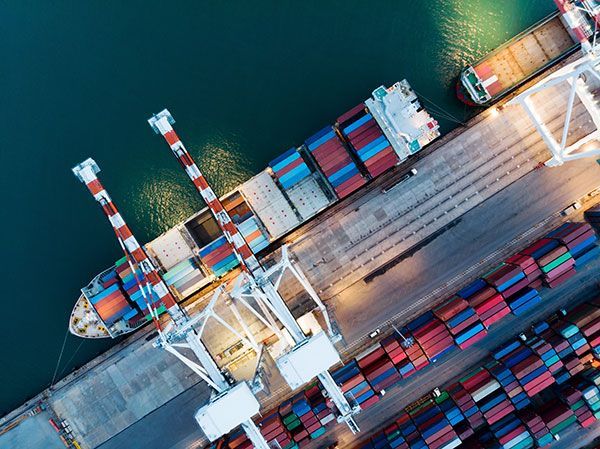How Does Freight Forwarding Work?
Importing and exporting goods and materials is incredibly lucrative and important for the growth of businesses across many industries. For a growing business expanding its customer base globally, the complexity of logistics, paperwork and customs can be extremely daunting.
Luckily, freight forwarders can act as a middleman, or intermediary between the shipper and transportation services. They liase with various carriers, negotiate the best prices and help to identify the most economical, reliable and fastest route for shipping.
Using a freight forwarder can be incredibly cost-effective for a business. Due to the high volume of goods they ship, freight forwarders can negotiate lower prices and consolidate shipments between different businesses to lower the cost.
The use of a freight forwarder allows for flexibility and versatility as they have the ability and resources to handle unforeseen circumstances such as rerouted shipments or delays at sea. Ensuring that goods are delivered on time is incredibly important for customer satisfaction. Late delivery can cause unnecessary grief and can impact the overall success of your business. Utilising the services of a freight forwarder allows business owners to sit back and focus on their bottom line without the added stress of logistics.
Step 1 – Export Haulage
The first step in the freight forwarding process is the movement of items from the shipper’s location to the freight forwarders warehouse, this process is called export haulage.
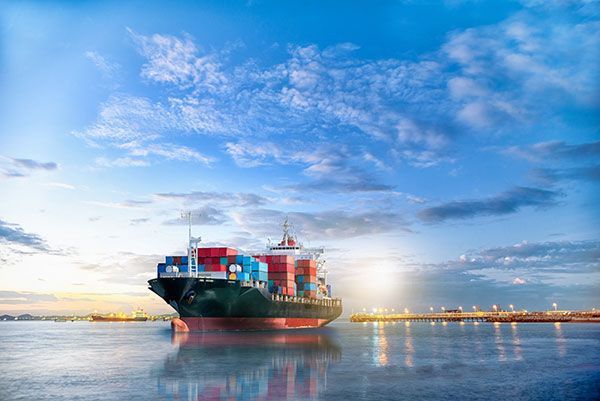
Step 2 – Items Checkpoint
Following the export haulage stage, freight forwarders will conduct an inspection to ensure that all goods were transported without incident and are accounted for.
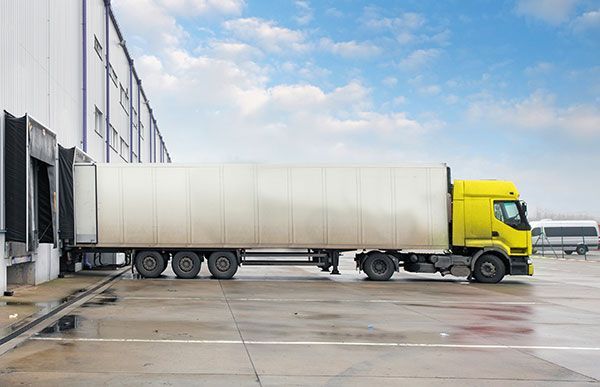
Step 3 – Export Customs Clearance
Prior to items being shipped, they require clearance from the country of origin. This step requires a custom broker to submit details about the cargo and any supporting documents.
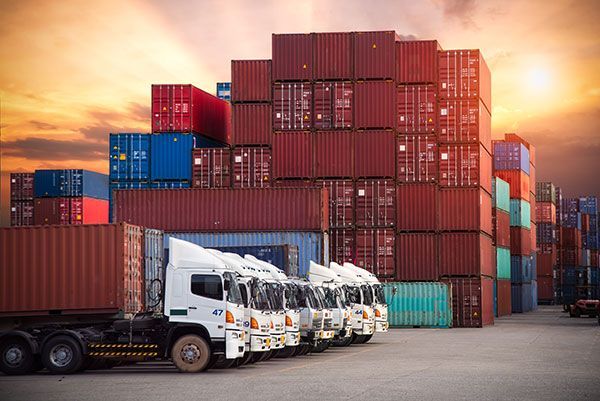
Step 4 – Import Customs Clearance
Once the shipment arrives, customs in the destination country are required to check the import documents.
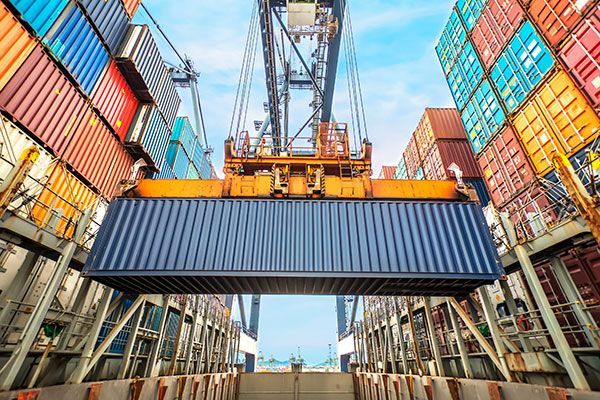
Step 5 – Destination Arrival and Handling
This step is a little complex and involves several processes and procedures. The freight forwarder will ensure all documents were received, check for any outstanding carrier bills and check that all the information is correct. Once the documentation is looked over, the cargo will be inspected and sorted based on the client’s needs.
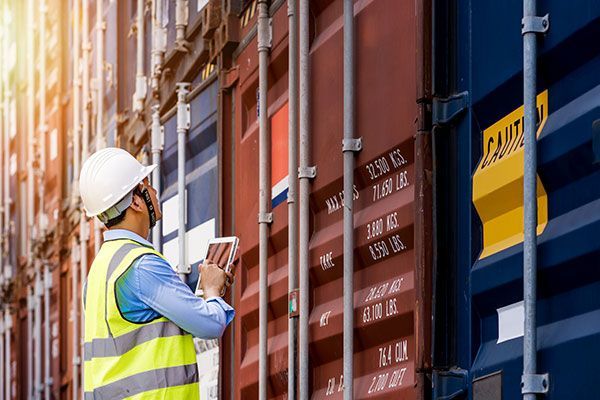
Step 6 – Import Haulage
This stage is almost identical to step 1, whereby the cargo is transported from the warehouse to the destination of the intended receiver. This process can be facilitated by freight forwarders, or alternatively the consignee can choose to collect the cargo themselves.
Are you importing or exporting goods? Power Customs Services can make logistics easy by handling every aspect of transportation and delivery. We provide services including customs clearance, freight forwarding, air freight, logistics, consultations, customs broker services and international freight forwarding.
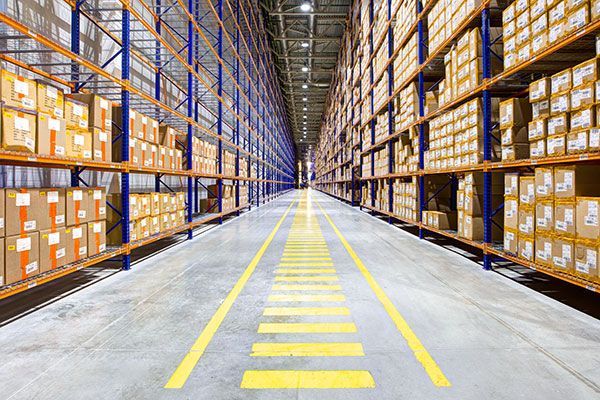
Contact Power Customs Services today
Get in touch with our dedicated team of freight forwarders today to receive a custom quote. Contact us on (03) 9068 5104 or fill out our online form today.




